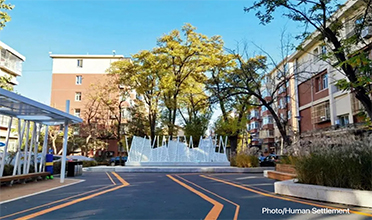


1 Background and Value of the Integrated Community
With the rapid development of urbanization in China, urban construction has entered the stage of pursuing high quality and efficiency from the extensive style of urban expansion. Meanwhile people have put forward higher requirements for the construction of the living environment, and the demand for refined governance has become increasingly stronger. Communities have gradually become the focus of urban regeneration and social governance. Integrated community work is carried out in response to the new period of building a "good community" demand, the concept of integrated community was first put forward by Mr. Wu Liangyong, academicians of the Chinese Academy of Sciences, and in Xiamen, Shenyang and other places in the exploration and practice of continuous improvement and enrichment of the integrated community.
The value of building well-integrated communities is reflected in two ways: first, it helps to improve the shortcomings of community service facilities and enhance the quality of living environment and residents’ living quality. By carrying out actions to fill the shortcomings of residential communities and building communities of appropriate size and function, we can optimize and adjust the urban structure, improve urban functions, and ensure that communities have a good environment of integrated facilities and living services within walking distance of residents. So as to meet the basic needs of residents' lives. Secondly, it helps to improve grassroots bottom-up governance capacity and promote high-level innovation in community management mechanism. The construction of integrated communities is not only to make up for the shortcomings in facility construction, but also to make up for the shortcomings in service and management. Through the introduction of specialized property services, community trusteeship, organization escrow or residents' self-management, etc., a property management service information platform has been established to realize refined and intelligent services.
2 Exploration and Practice of Building the Integrated Community
2.1 Professional talents help create integrated communities in Beijing
In the process of promoting the construction of integrated communities in Beijing, various districts have made up for the lack of planning technicians in the grassroots government by hiring professional planners (or teams) for the streets and towns under their jurisdiction, and promoted grassroots governance with diverse stakeholders’ participation. Haidian District is one of the first districts in Beijing to explore the construction of a responsible planner system, and has innovatively constructed a "1+1+N" staffing system of street and neighbourhood responsible planners, including a full-time neighbourhood principal planner, a partner from a university, and N professional design teams. These professional specialists have made outstanding contributions to the work of building integrated communities.
Taking No.32 Community on College South Road in Taipingzhuang North Neighbourhood, Haidian District as an example, the surrounding community was built in the 1950s to the 1980s and is a typical old neighbourhood. According to the residents' feedback, the quality of activity venues in the community is poor, unable to meet the needs of daily leisure and recreation with an urgent and strong desire for renovation. Taipingzhuang North Neighbourhood full-time neighbourhood principal planner focused on this problem, combined with the power of university teachers and students. Then they carried out several questionnaire surveys, community micro-classrooms, design sketch selection projects and other public participation activities. And within the professional team's help, the quality of venue renovation highly improved. Professional planners guided the implementation of the original dilapidated activity venues a new look to meet the residents’ diversified needs, for example deliberations, fitness exercises, children's activities, playing chess among the elderly, and other activities. The renovation project has also strengthened residents' sense of civic responsibility and sense of belonging to the community, and fostered the community's capacity for self-regeneration.
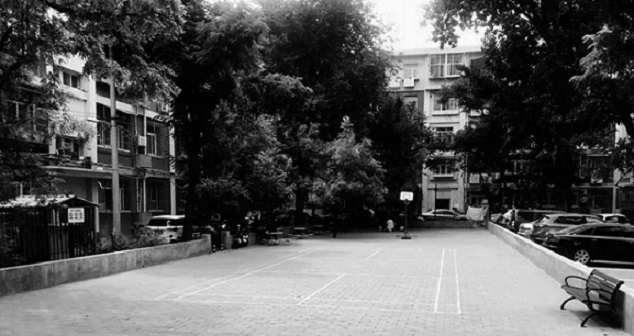
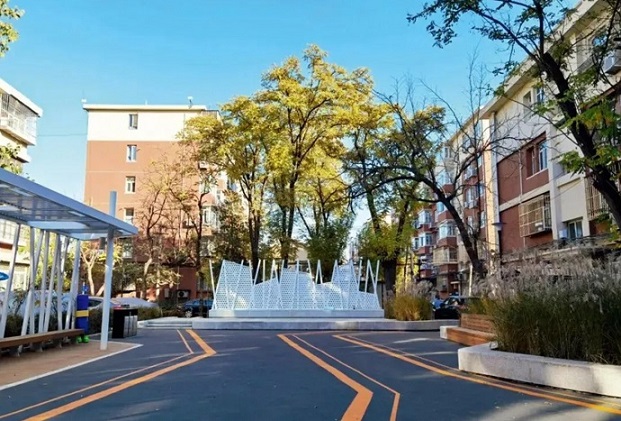
Figure 1. The comparison of before and after regeneration of the community public activity venues in No. 32 community on College South Road
2.2 Urban health assessment guides community regeneration in Chongqing
Chongqing has taken urban health assessment as a prerequisite for urban regeneration, focusing on the four spatial dimensions of housing, community, neighbourhood, and urban area, to comprehensively find out the difficulties, blockages, and pains that are strongly reflected by the public. Therefore, promoting Chongqing as a high-quality, people-centered developing city. At the community level, through an in-depth understanding of residents' demands, diagnosing and analyzing the current problems, and then targeting the community to make up for the shortcomings, a solid foundation has been laid for the development of integrated community building work.

Figure 2. Public participation during the discussion of community public activity venues program.

Figure 3. Public participation during the discussion of community public activity venues program.
In the case of the Minzhucun community in Jiulongpo District, Chongqing, for example, the community has conducted in-depth community health assessment through various forms such as "planners,architects and engineers coming into the community" "looking for shortcomings by citizens" and "residents' forums for community discussion". The community has diagnosed major problems such as insufficient public service facilities, chaotic traffic organization and lack of professional property management. In the transformation of the community combined with regional characteristics and residents' needs, the demolition of illegal space can be used to focus on the construction of community service centers, health service stations, community canteens and other facilities, to make up for the shortcomings of the public service facilities. Through the opening of the cut-off road, widening sidewalks and planning for parking lots, forming a smooth and efficient community transportation network. Through the introduction of a professional property management team, provide the cleaning service, garbage classification, security patrols and other regular services. Then set up personalized services such as housekeeping and water and electricity maintenance in the "Minzhucun Community on the Cloud" applet, which comprehensively improves the level of quality of the community services and management.
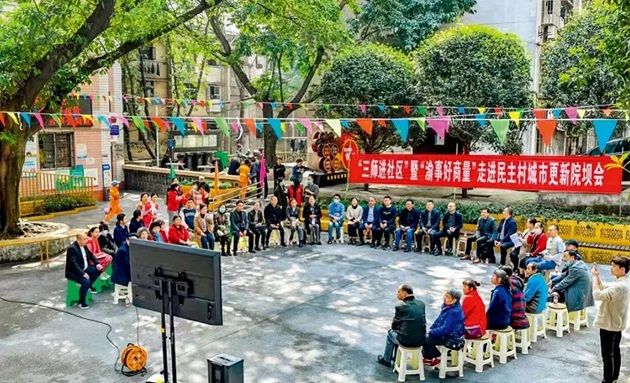
Figure 4. “University teachers coming into the community” public participation activity [Photo/Human Settlement]
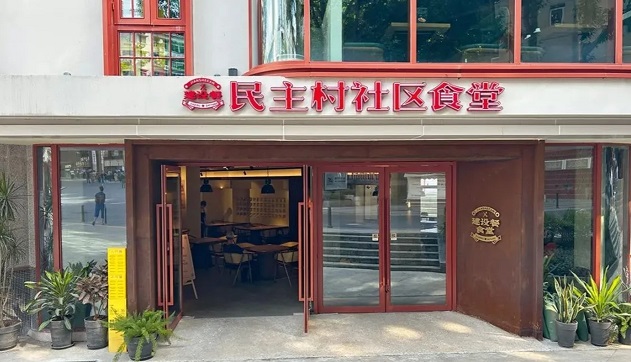
Figure 5. Community canteen in the Minzhucun Community [Photo/Human Settlement]
Author: Wei Wei, Ma Yunfei
China Academy of Urban Planning and Design
Source: <https://mp.weixin.qq.com/s/2PEz4GpAh2-Z6yGR-AYcig>
Translated by Zhang Chenxi